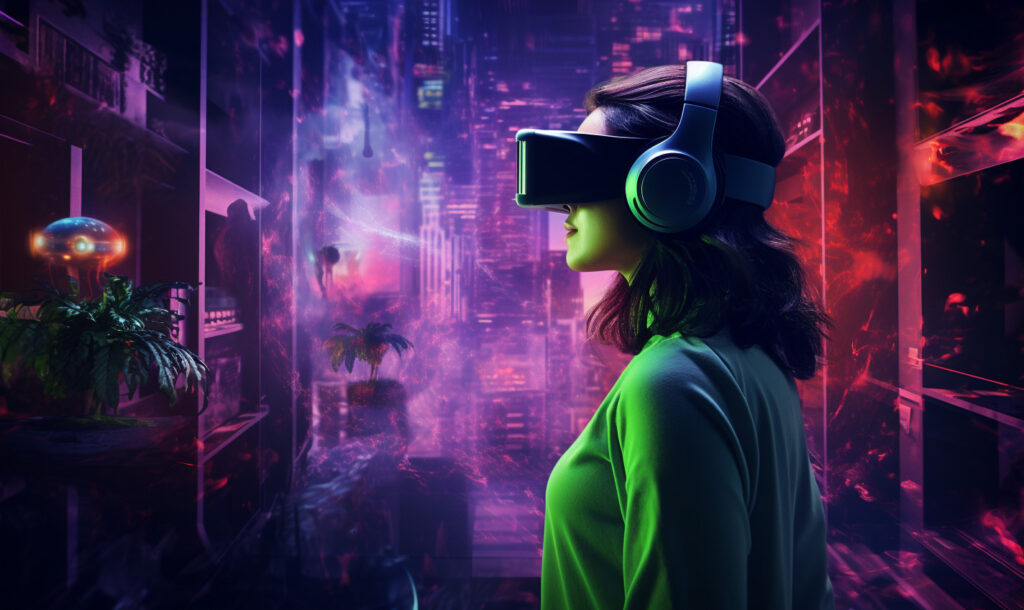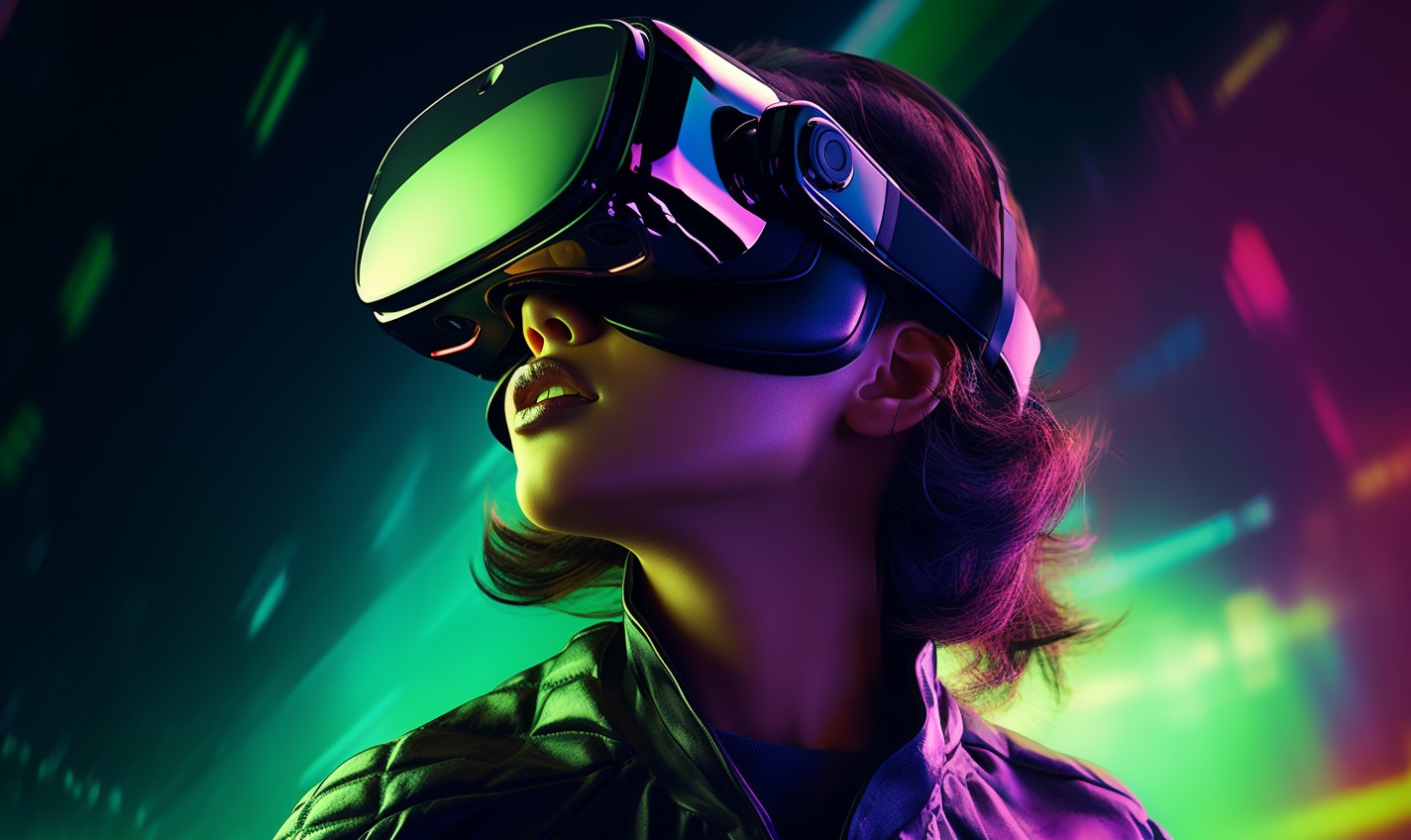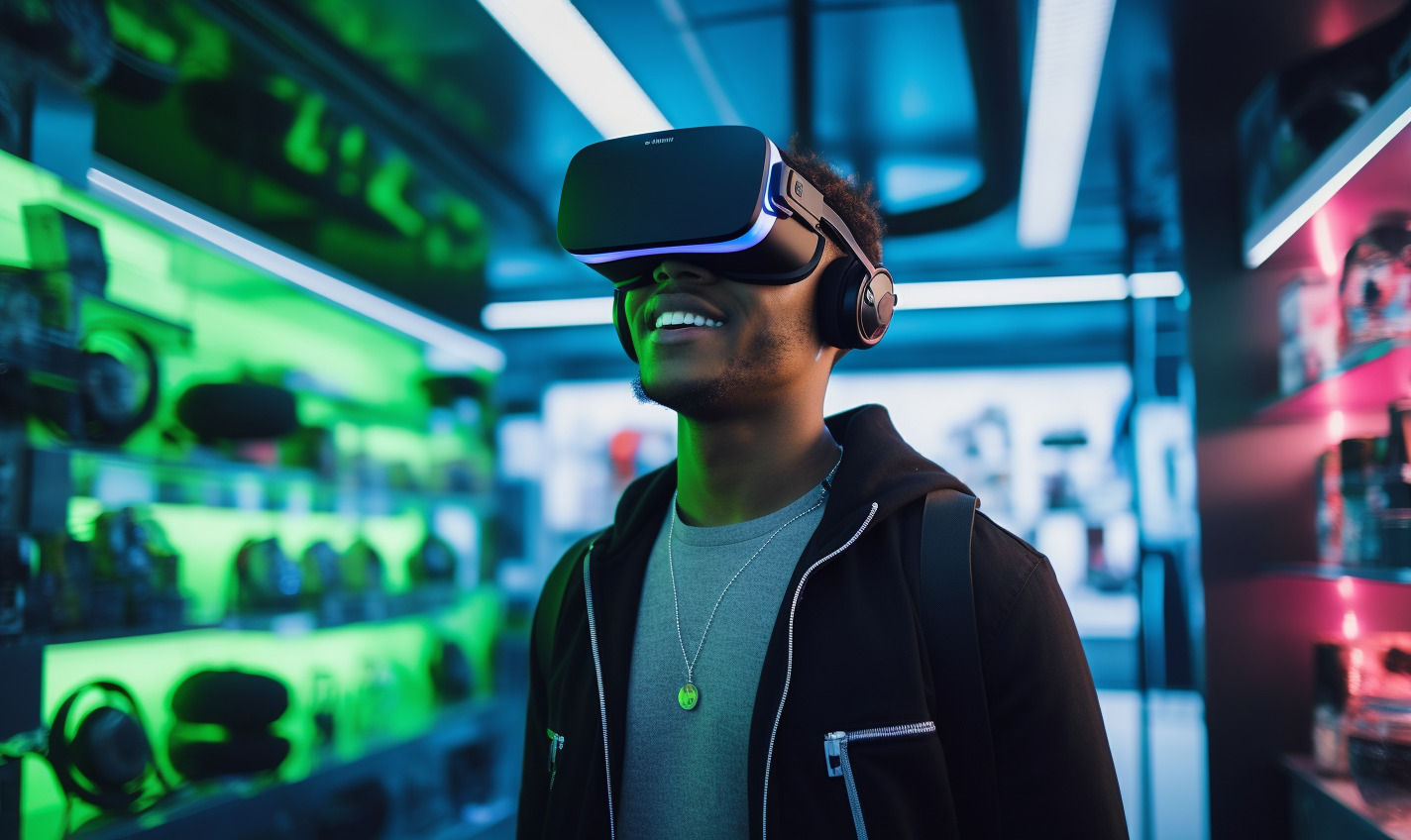As virtual reality (VR) technology continues to develop, more applications emerge. For example, many people associate VR with video games, but the technology has far-reaching capabilities across various industries and will especially impact the future of therapy.
There are many different types of therapy out there, ranging from treatments that target both physical and mental conditions. Combining VR tech with the latest therapeutic techniques proves to be beneficial for all parties involved, including both the patient and therapist guiding a session.
Let’s dive into the ins and outs of using VR for therapeutic reasons. We’ll also cover how the emergence of this new technology will continue to impact the future of therapy.
Virtual Reality Therapy Market Expected to Grow
A recent study published by Global Market Estimates estimated that the global VR therapy market would have a compound annual growth rate (CAGR) of 32% between 2017 and 2023. The study also provides some key insights worth noting:
- Mental disorder and addiction management will dominate the market in terms of application.
- Hospitals, therapy clinics, and surgical centers will see the fastest growth in the VR therapy exposure market.
- Virtual reality headsets will be the most used component in the market.
Countries worldwide will be able to utilize VR technology to treat their patients, who could be suffering from physical injuries like chronic back pain, or something as serious as post-traumatic stress disorder (PTSD). VR tech has a wide variety of uses and applications. It’ll be interesting to see how therapists and psychologists use virtual reality to their patients’ benefit.
Let’s explore how VR tech will impact the future of the therapy industry.
Current VR Therapy Applications
The primary use for VR therapy is for the treatment of various mental disorders and physical conditions. It’s no secret that many people deal with anxiety, depression, PTSD, bipolar disorder, and other various mental health concerns. People with chronic pain resulting from arthritis, sciatica, or any other physical ailment could also greatly benefit from VR treatment, and doctors are even using it to help stroke patients.
Here are some ways therapists can use VR to treat various physical and mental conditions, ranging from moderate to severe cases.
Phobias
Extreme phobias can inhibit one’s ability to carry on with life. Phobias, depending on their severity, can be nightmarish for the individual suffering.
With VR exposure therapy, people can treat their phobias by exposing themselves to their fears in a controlled, monitored environment. Therapists and other medical professionals can help guide them through the environment and offer tips on overcoming their fears.
PTSD
Similar to phobia treatment, treating PTSD sometimes includes placing patients back in an environment where they’re surrounded by triggers and uncomfortable situations.
One of the benefits of virtual reality therapy is that the patient can be fully immersed in these situations, and licensed psychologists can review their reactions and gain more insight into how to treat their condition.
Acute Pain Management
In the past, VR therapy has shown promise in acute pain management, but it’s still considered a new approach. A new study is underway to assess how effective this form of treatment is and whether it will withstand any industry disruptions.
Treatment includes mindful meditation and cognitive behavioral therapy (CBT). It also immerses patients in virtual reality by providing them with distracting video content to take their minds off of their major pain points.
Because VR therapy has such a wide range of applications, it will likely become a staple in various industries, especially the therapy industry. More patients will reap the benefits that come with using VR tech in their sessions.
VR Is the Future of Therapy
It’s evident that VR therapy has a solid reputation and will continue to transform health care operations. Offering patients the most viable solutions to their discomfort, whether physical or mental, will be a game-changer in the future. Expect to see more VR applications emerge as the technology continues to develop.
Recent Stories
Follow Us On
Get the latest tech stories and news in seconds!
Sign up for our newsletter below to receive updates about technology trends














